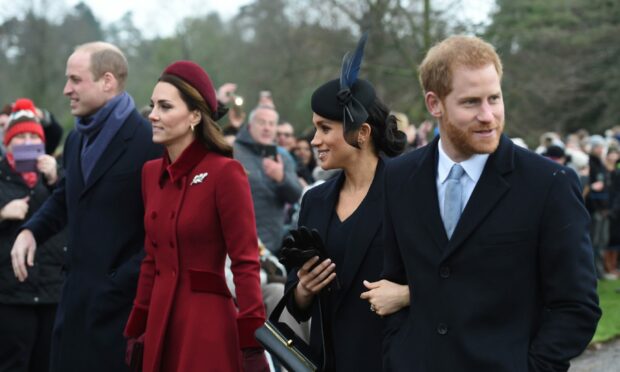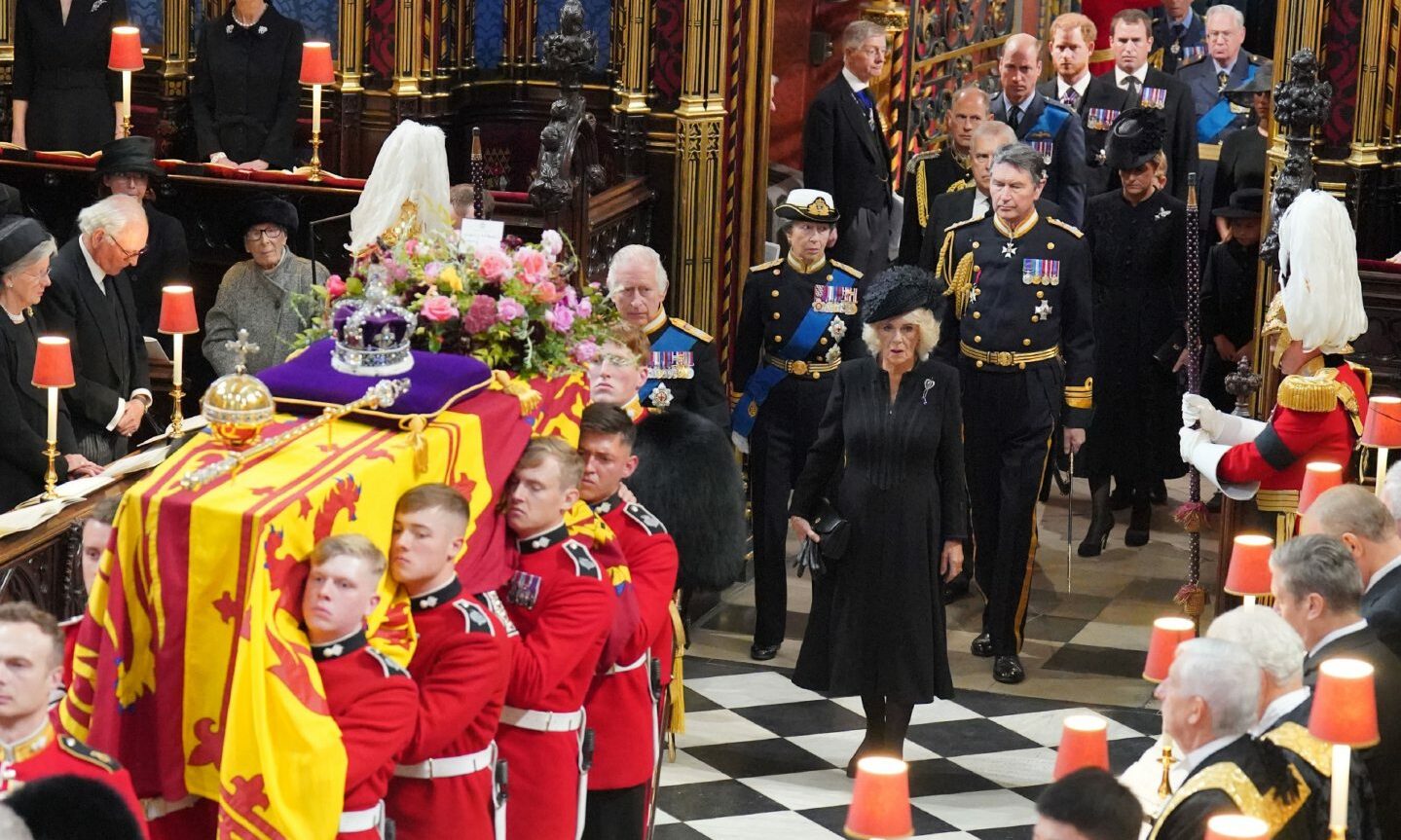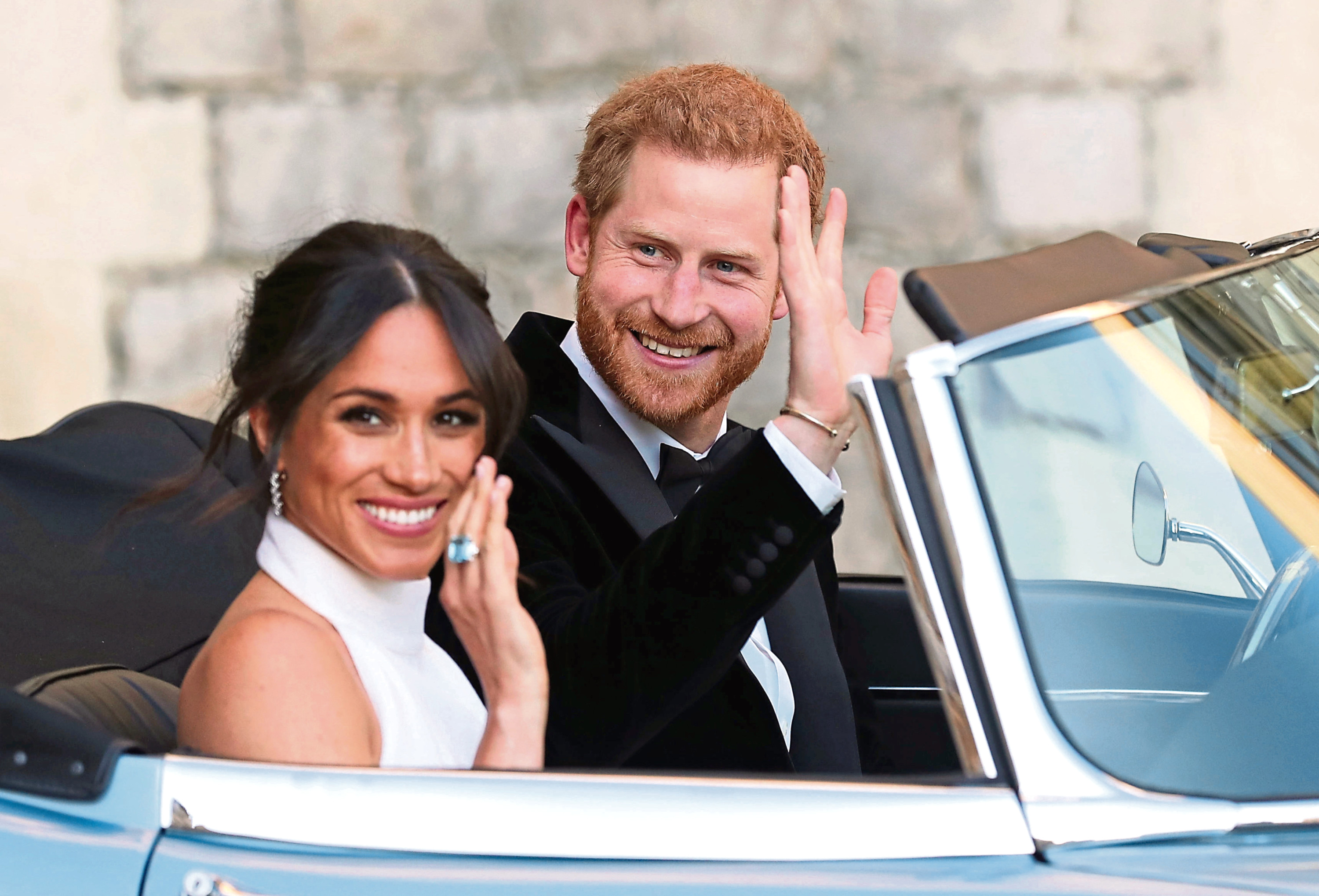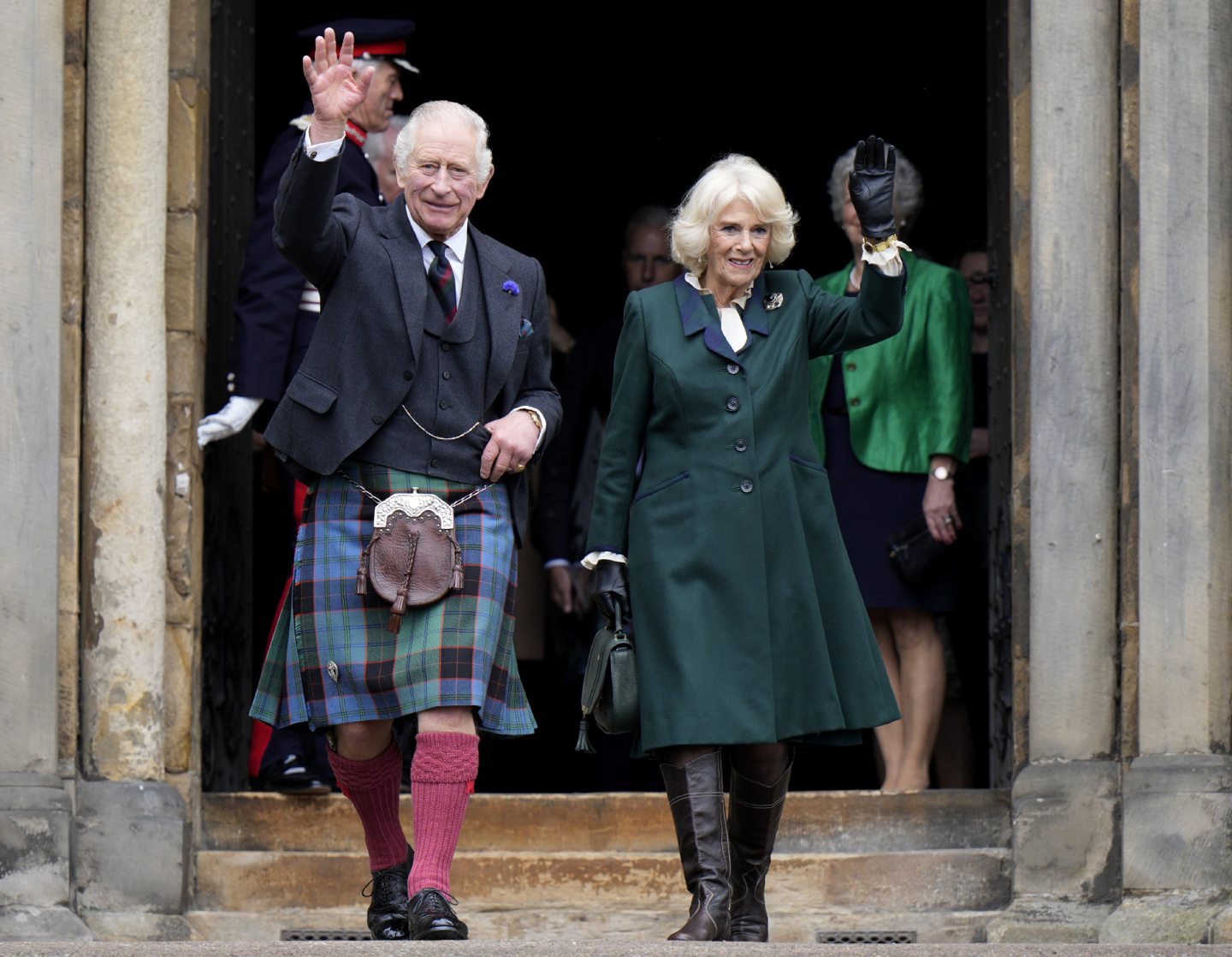We are now three months on from the death of Queen Elizabeth II – an individual whose reign lasted over seven decades making her both Britain’s longest-serving monarch as well as the longest-serving royal anywhere else.
However, these last few years have also been among the most turbulent in a British monarch’s history.
A dignified reign was besmirched by one son’s alleged paedophilia and the dissolution of a grandson and granddaughter-in-law’s royal status, then followed both by her husband’s demise as well as her own.
Three months ago, a reverent silence fell upon a nation as its citizens bade their final farewell to Queen Elizabeth II.
Even those opposed to the monarchy were restrained in expressions of hostility as streets were adorned by no shortage of well-wishers flanking the royal funeral cortege on its way back to London.
And Charles, whose less-than-personal life has long been a symbol of ill repute, has seen higher positive polling then he ever has following the passing of his mother.
Last Thursday, episode one of the new six-part Netflix series, Harry and Meghan, landed.
I can’t even bring myself to watch the trailer. I consider there are a multitude of ways I could better spend six hours than by re-subscribing to Netflix and entertaining this charade.
‘Harm has been done’
This is a couple who sought a more private life yet parade themselves in front of cameras and make money by betraying their own family.
The Herald columnist Rebecca McQuillan rightly asked: “In a country of foodbanks, who cares about the grievances of two multi-millionaires?”
As to whether this documentary will harm the monarchy itself is, I think, highly unlikely but harm has indeed been done to Harry and Meghan themselves.
They would be more harmful to the monarchy were they still a part of it.
YouGov polling has shown that their popularity fell off a cliff-edge among Britons ahead of the documentary launch.
Harry, who had a popularity rating of +70 in 2018 is now at -26 and his wife Meghan, whose popularity stood at almost +40 is now situated at -39.
The only royal considered more loathsome is Prince Andrew.
A question worth asking is whether the British monarchy is living on borrowed time and what the temperature of feeling is in Dundee.
How does Dundee feel about royals?
In 2019, polling by UnHerd Britain revealed that, out of 632 UK constituencies, Dundee West and Dundee East are the 611th and 604th least royalist.
In response to the statement: “I am a strong supporter of the continued reign of the royal family”, 14% in Dundee West and 19% in Dundee East respectively said they strongly agreed.
Fourteen per cent in Dundee West said they strongly disagreed, compared to 15% in Dundee East.
What this showed was that, in Dundee, sympathy was almost level with antipathy towards the monarchy.
However, there was another (or lack of) emotion at play – apathy. The highest response in both constituencies was “Neither” – 33% in Dundee West and 30% in Dundee East respectively defined themselves neither as proponents nor opponents of the monarchy.
Consequently, I suspect this could be the strongest asset the monarchy currently has going for it, because we must remember that “least royalist” does not necessarily mean “anti-monarchist”.
Nevertheless, if the purpose of a monarchy is to act as a focus for national identity, unity and pride as well as offering stability and continuity, can the British monarchy truly be described as a success?
This is a family which, from inarguable adultery to alleged paedophilia in recent history, has characterised dysfunction and rupture.
Fond as I was, and always will be, of Queen Elizabeth II and much as I will miss her Christmas address this year, I think she represented a form of nostalgia that is on its last legs and I do think their abolition will arrive – just not yet.













